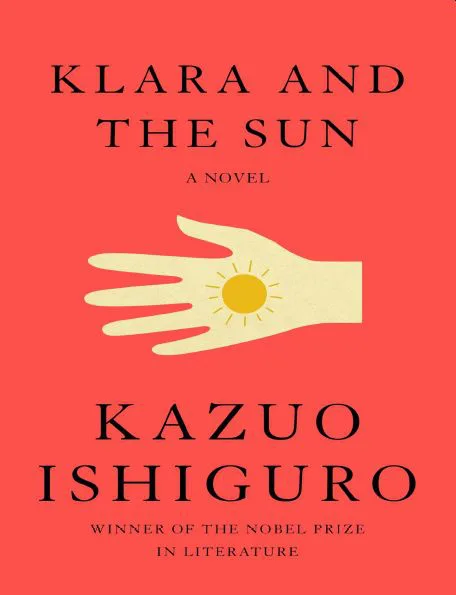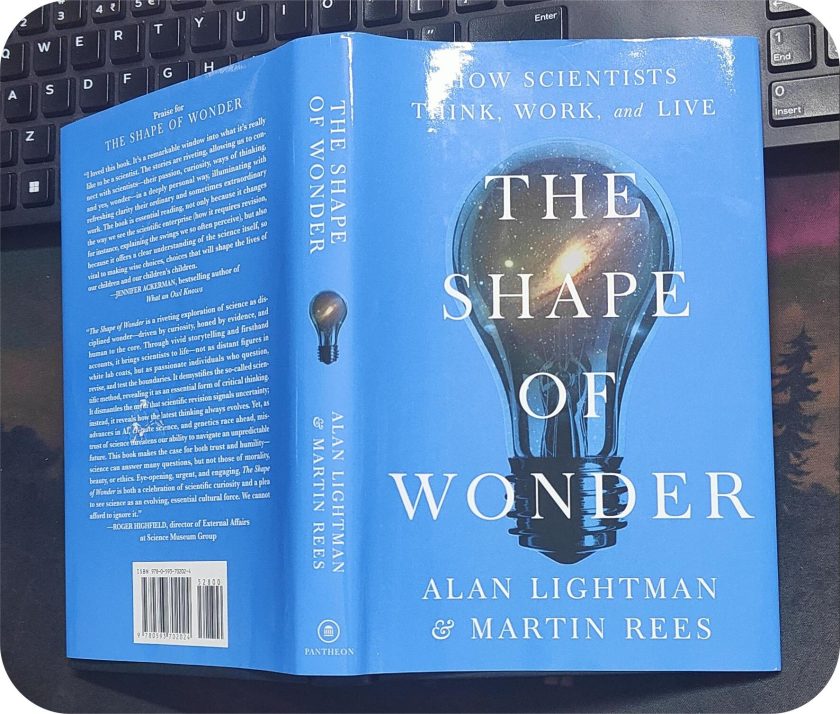
Klara and the Sun is my second read from the vault of Kazuo Ishiguro. The book was first published in 2021. It is a dystopian science fiction novel set in a future where android companions are designed for children.
In this era, wealthy parents can choose to enhance their children’s intelligence through a process known as “lifting,” which likely involves genetic engineering, although the specifics are not fully explained in the book. While “lifting” boosts intelligence, it also carries risks such as chronic illness and even mortality.
The Storyline
The plot moves around an android named Klara. The bot is solar powered and is an AF (Artificial Friend) for children who are generally schooled online and so they have very little or no bandwidth to make friends from the real world. These children are from affluent families. So, the AFs are looked up to as companions.
Klara is one such AF who is first spotted in a store. From the store window, she observes life outside and develops a belief in the healing power of the Sun. Later, the bot is purchased by a sick girl named, Josie. The girl is ill as she had undergone a procedure for intelligence a.k.a “Lifting”.
No sooner Klara moves into Josie’s house, she gets to know more about humans, relationships, and of course lifting and its consequences. The girl’s parents are sure of her impending death and so they want to create a replica of Josie using an AF body. That is why they purchased Klara in the first place. Unaware of their intensions, Klara becomes determined to protect Josie and believes in the Sun’s ability to help her.
Meanwhile, she did witness an improvement in Josie’s health on a sunny day. Thereby, believing that her faith in the Sun’s healing powers had been validated and strengthened.
Eventually, Josie gets better (from the side effects of “lifting”) and moves to college. Klara finds herself in scrapyard where she reflects on her memories and beliefs. In the end, she finds peace in the kindness of the Sun.
Symbolism and Minimalism
The approach in the book is quite like “Never Let Me Go”, from the same author. Both works stand out for its minimalistic yet evocative style, eschewing excessive worldbuilding. This gives an immersive storytelling experience.
There are subtle clues for readers to decipher the meanings. Some of the cues that I particularly find interesting were:
- the notion of being “lifted” hints at genetic enhancements for superior intellect
- the portrayal of isolated children immersed in virtual learning paints a picture of a futuristic society
- the implications of virtual education
- the plausibility of a futuristic society, where teenagers grapple with social anxiety
- the interpersonal challenges they face due to limitation of face-to-face interactions with peers
- the concept of “interaction meetings” forced by parents to teach productive engagement with others
- the economic shifts caused by intelligent machines add depth to the story’s societal backdrop.
Klara’s unwavering dedication to the Sun may symbolize the religious and ritualistic practices observed by people. It’s plausible that the faith individuals place in deities and religious beliefs stems from a similar conviction to Klara’s, especially when Josie’s recovery seemed to align with Klara’s “prayers” to the Sun.

Takeaway
I found the book enjoyable overall. Ishiguro’s writing style is captivating, drawing readers in effortlessly. As mentioned above, I appreciate his minimalist approach to world-building. His writing often delves into suppressed emotions, with a tendency to employ straightforward language that masks the turbulent depths of emotion lying beneath.
One thing that I couldn’t digest is the idea that Klara can comprehend complex subjects like advanced physics but lacked basic knowledge of solar power and construction. Yet, I liked Klara as a character. Her curiosity reminds me of Sonny, a modified newer model of the NS-5 series and the tritagonist of the 2004 film I, Robot.
Over all, “Klara and the Sun” is a captivating narrative that intricately explores the human psyche through the lens of a remarkable robot-human relationship. And an exploration that invites readers to ponder the essence of consciousness and the potential ramifications of developing sentient artificial beings. Fans of science fiction dystopia will undoubtedly find it captivating and enjoyable!



